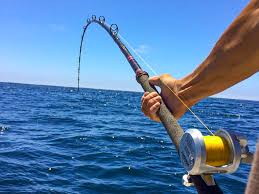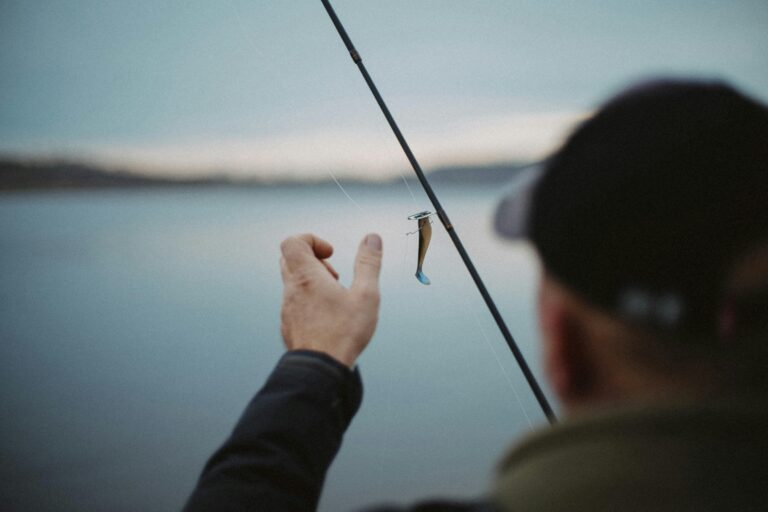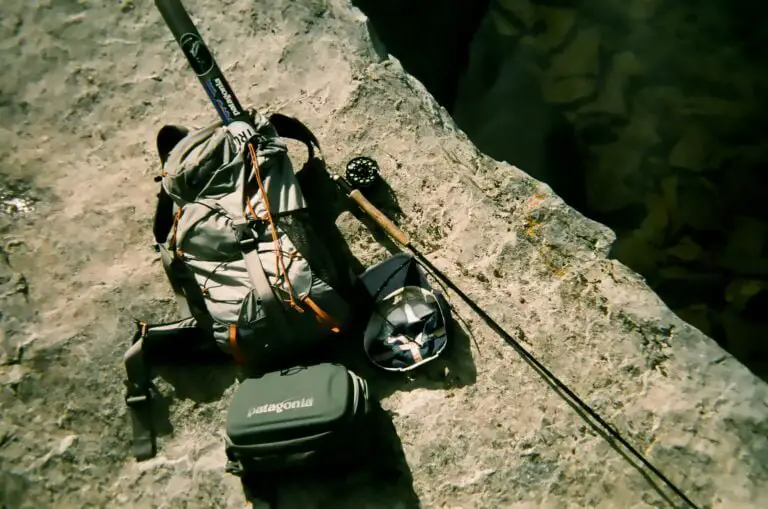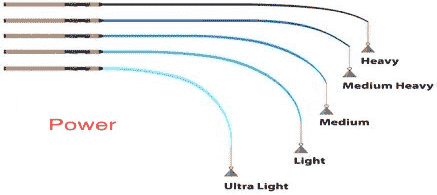How to Hook Up a Fish Finder to a Battery 2024
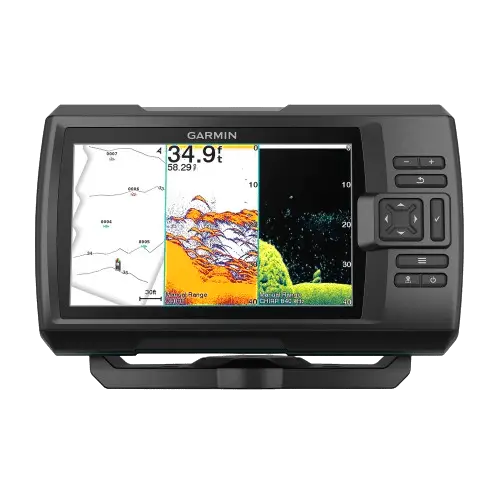
How to Hook Up a Fish Finder to a Battery: A Fisherman’s Essential Guide! 2024
Have you ever gone out on the water, planning to catch the big one, only to realize that your fishfinder isn’t working since it’s not installed anymore? I have also been there.
To get the most out of this crucial instrument, you must understand how to connect a fishfinder to a battery. No matter how experienced you are, not connecting your fishfinder correctly can ruin your fishing trip. Now let’s get going!
What You Need
To get started, let’s gather everything you’ll need to connect your fishfinder to a battery:
Fish Finder: The celebrity of the display!
12 Volt Battery: The popular strength delivers.
Power cables: commonly included with the fishfinder.
Inline Fuse: For protection and to save you overloads.
Wire Strippers: To prep the cables.
Electrical tape or cut-back tubing—to regularize the connections.
Battery Terminal Connectors: To join the wires to the battery.
Got the whole lot? Awesome! Now, permit’s get your fishfinder up and strolling.
Step 1: Understanding Your Fish Finder’s Power Needs
First things first: you must understand the features that your fishfinder should have. The majority need a 12-volt power source, which is where your battery comes in.
Ensure that your battery is correctly fitted and completely charged. Your day on the water shouldn’t be ruined by a dead battery!
Step 2: Preparing the Wires
Now that your fishfinder and batteries are ready, it’s time to prepare the wiring. Remove about ½ inch of insulation from the strength cable ends to expose the bare wires, ensuring a perfect connection.
Fishing Gear Must Haves Right Now Every Angler 2024Now is the moment to install inline fuses if your fishfinder has any. Protect your fishfinder from strength surges by placing the fuse holder on the super (purple) cord.
Step 3: Connecting to the Battery
This is the main event. Attach the excellent (purple) wire to the battery’s superior terminal. Then join the awful (black) cord that leads to the horrifying terminal. For a compact design, use connectors for the battery terminals.
Securing the cables is even easier if your battery has wingnuts. Make sure every connection is secure and reliable; no one enjoys a loose cable that breaks just when you need it to!
Step 4: Securing the Connection
The cables must be correctly stabilized now that they are joined. To keep moisture and corrosion from interfering with your strength shipment, use electrical tape or reduce-once-again tubing to wrap the connections.
I assure you that the last element required is water entering the connections. This is a crucial step if you’re using your fishfinder in saltwater.
Step 5: Powering Up Your Fish Finder
Now that everything is set up and safe, it’s time to verify that everything functions as intended. Check to see if your fishfinder has successfully powered up by turning it on.
The monitor should warm up and begin scanning the waters below if it is running. Try not to strain if it doesn’t! Verify your connections one more time, and make sure the battery is fully charged.
Troubleshooting Common Issues
Sometimes, despite the excellent preparation, subjects will skip. Here’s how to handle typical problems:
FishFinder Is Not Working
Examine the battery. Is it fully charged? There won’t be enough power from a low battery.
Examine the Wires: Broken wires or loose connections may prevent the gadget from turning on.
Examine the fuse. Change the inline fuse with a contemporary one if it blows.
sporadic loss of power
Tighten all connections and remove any loose connections to prevent corrosion.
Check the Battery: The fishfinder may become stale and lose power due to a prone battery.
FAQ: How to Hook Up a Fish Finder to a Battery?
Q1: Can I use any batteries to reinforce my fishfinder?
A: It’s terrific to use a 12-volt marine battery designed for electronics. Using the incorrect battery may harm your fishfinder.
Q2: Do I need to put in an inline fuse?
A: Yes! An inline fuse protects your fishfinder from electricity surges that would cause harm.
Q3: How do I apprehend if my connections are steady?
A: After securing them, give the wires a mild tug. If they stay at your place, you’re suitable to head.
Q4: Is it adequate to apply my fish finder in saltwater?
A: Yes, however, constant the connections nicely to preserve them away from corrosion. Rinse your fishfinder with clean water after each saltwater use.
Q5: What need to I do if my fishfinder could now not have power on?
A: Doublecheck your connections, make certain the battery is really charged, and test the fuse. If it, however, doesn’t paint, we are looking for advice from the manual.
Conclusion
That’s it—just a few simple steps to connect a fishfinder to a battery! A great day on the water depends on knowing how to install your system, regardless of how long you’ve been fishing.
You can ensure that your fishfinder is regularly arranged to assist you in locating the best fishing places by following these instructions. Cheers to many successful fishing trips and proper captures!
You’re ready for your next fishing trip with this guide in hand. Recall that having the right device is no longer as important as knowing how to use it properly.

